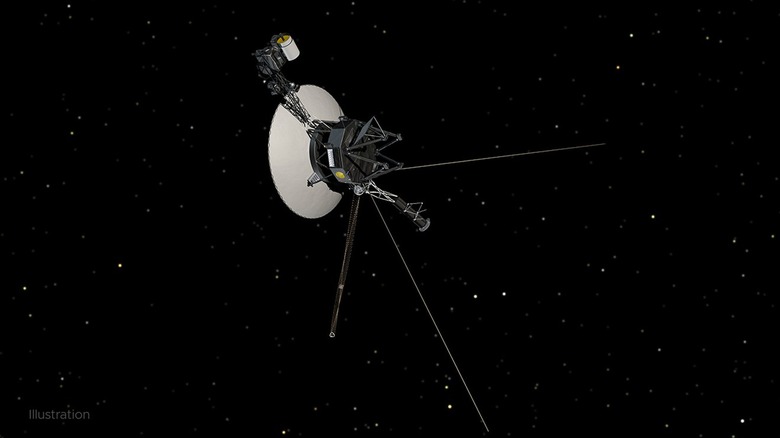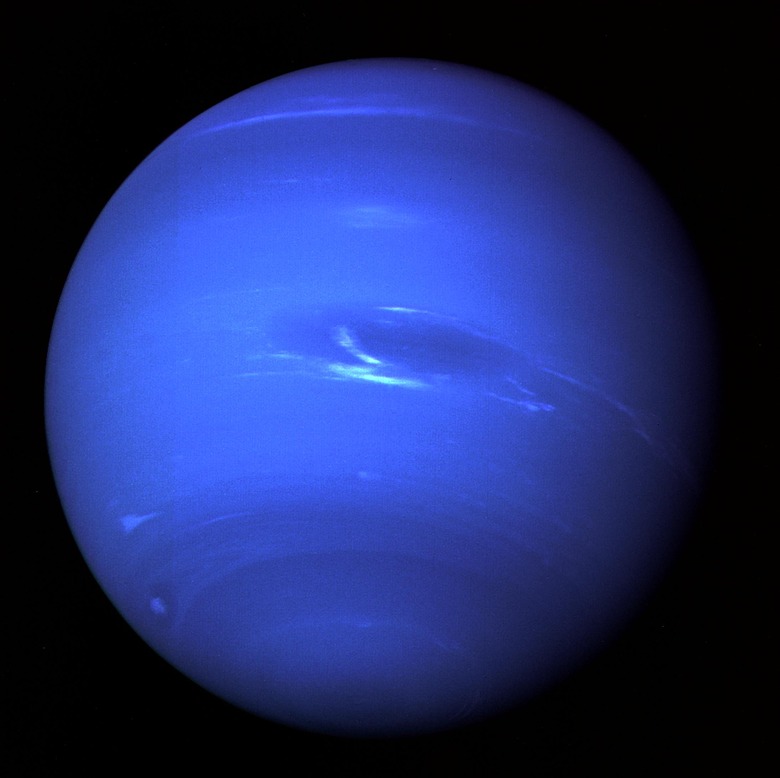NASA's Voyager Probes Are Reaching The End Of Their Lives
NASA's Voyager space probes have had an amazing journey. Set against an ever-evolving backdrop that encompasses 45 years of space exploration, Voyager 1 and Voyager 2 are finally nearing the end of their broadcast back to Earth. Over the years, both Voyagers have given humanity a look at space unlike anything we had ever seen, and it will be sad to see that legendary mission finally come to an end.
A journey unlike anything we’ve ever seen
The past 45 years have brought an amazing amount of progress in our quest to explore space. Not only have we put humans on the Moon, but we've learned more about our solar system than ever before, too. At the center of many of these discoveries are two old space probes. Two probes designed to carry out a single four-year mission. A mission that has now extended well beyond 40 years of exploration.
Despite the 45 years since their launch, the Voyager space probes continue to make history. Transmissions from Voyager 2 take 18 hours to reach scientists on Earth, while Voyager 1 communicates on a 22-hour delay. Both probes are currently hurtling through interstellar space, beyond the theorized range of our sun's heliosphere.
To call Voyager 1 and Voyager 2 iconic is an understatement. These two space probes gave us our first real look at the moons surrounding Jupiter and Saturn. They revealed the existence of volcanoes and fissured ice fields. Much of what we know about our solar system's celestial bodies has come thanks to the efforts the Voyager space probes made.
And now, all of that hard work is starting to come to an end. Voyager 1 and 2, while still hurtling through interstellar space, are beginning to shut down. (via Scientific American)
How the Voyager space probes are holding on
So how exactly do spacecraft built to complete a four-year mission still carry on after 45 years? Well, as it turns out, a lot of planning and hard work made it happen. Additionally, as the years wear on, the team behind the Voyager space probes has begun to shut down certain systems on the spacecraft. This has allowed them to minimize the power output required to keep things running.
But it also means that the time of Voyager 1 and Voyager 2 is coming to an end. With NASA already planning manned missions to Mars, saying goodbye to 45-year-old spacecraft might not seem like a big deal. But, the Voyager space probes are more than just a satellite in orbit around Earth that needs to be retired. They are pioneers.
They are early examples of humanity's progress in exploring space. And even after NASA shuts down every system, the probes still have one last message to relay. That's because both Voyager space probes have been outfitted with a gold-plated record. A record containing images, audio files, and songs meant to showcase the best of humanity.
NASA hopes to hold onto the probes until 2030, at the least. And even then, they'll continue to float through space, well after they have sent their last message back to Earth. Long after our Sun collapses into itself. And maybe, just maybe, one day someone will find those messages and be given a glimpse into the hope and determination that made humanity want to reach for the stars.

